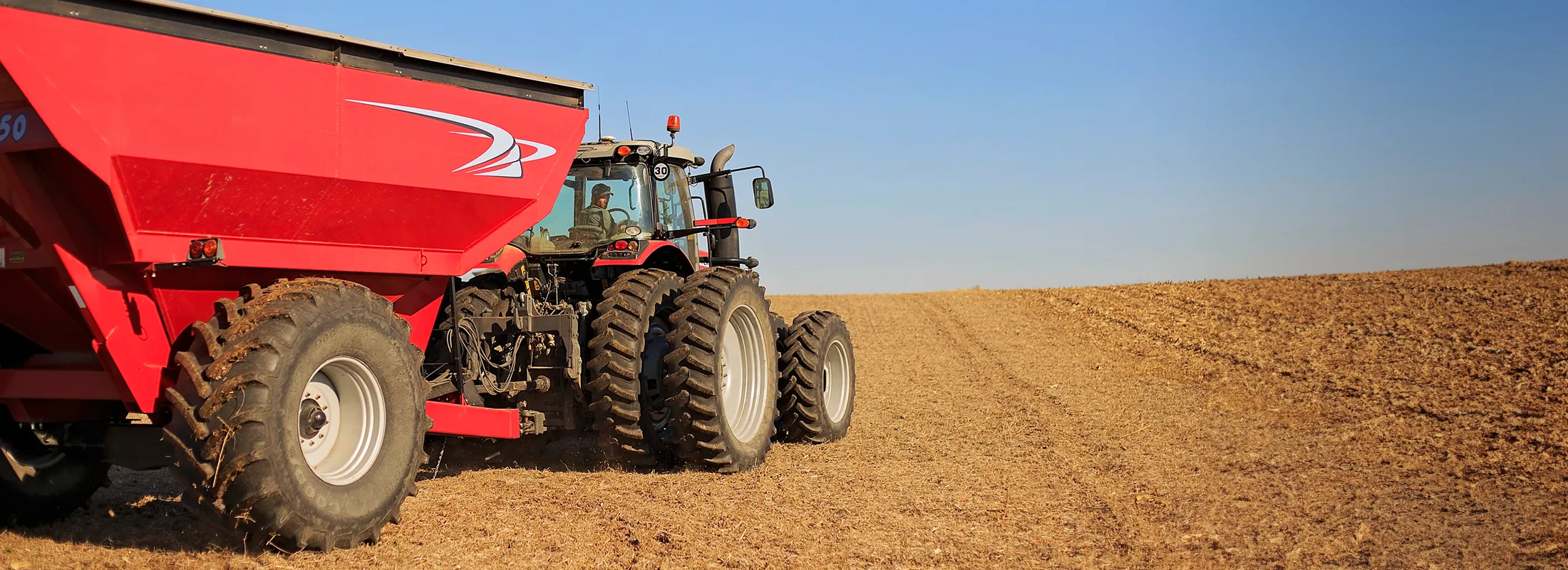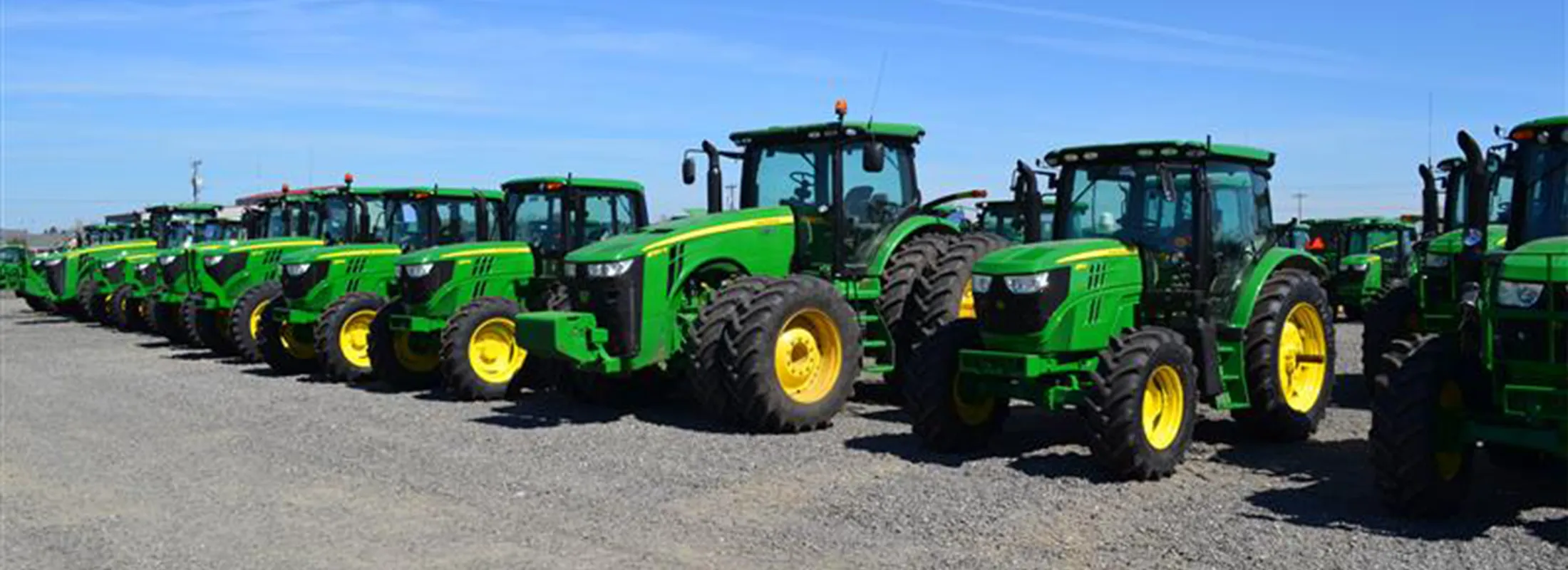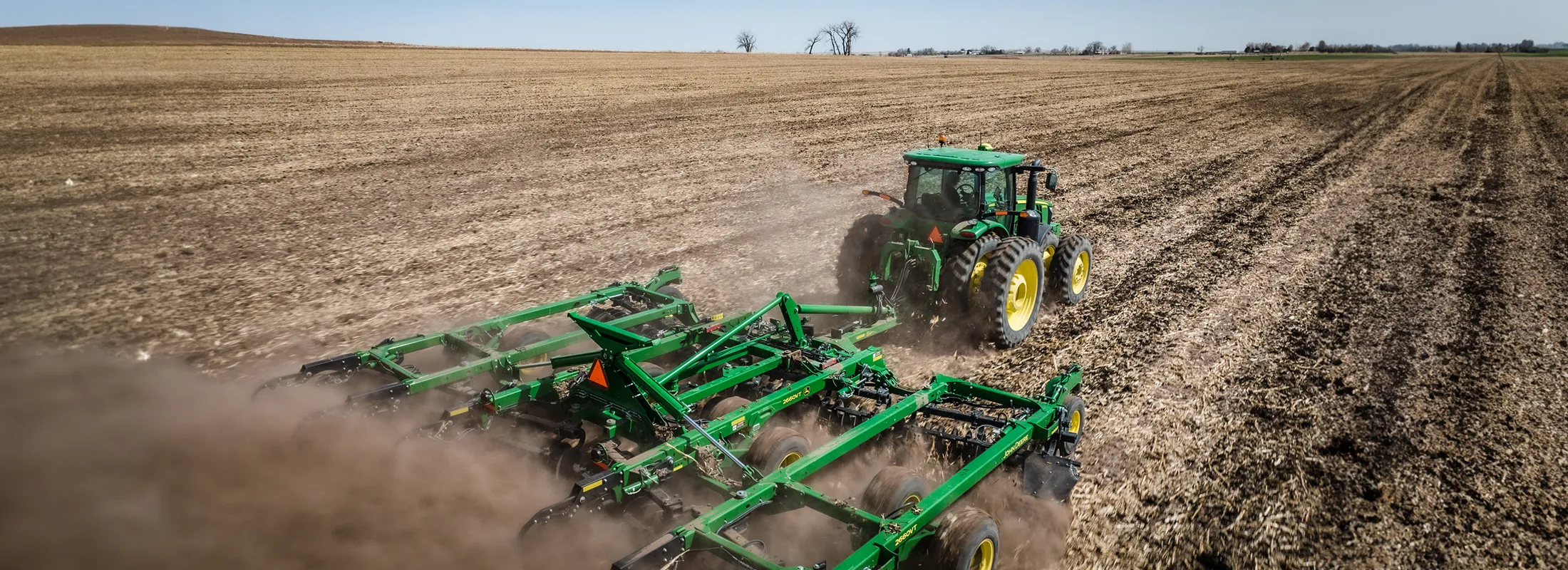As commodity prices continue to stress profit margins for grain producers around the nation, other market sectors — including farm machinery — are responding to the downturn.
Continued low grain prices are changing how farmers are buying machinery and equipment. Some continue to buy new machinery, while the used market offers opportunity for buyers for whom buying new isn’t a viable option. In short, there are unique benefits to both, making the decision more one of what fits best with each individual operation.
And, just as inventory on the machinery marketplace today is different than it was just a few years ago, so too should be the process of purchasing new or used machinery, be it through outright buying or leasing, AgDirect leaders say.
“There is still new equipment being purchased, but there also appears to be value in the used market,” says Indiana-based AgDirect Territory Manager Craig Pontius. “There are a lot of leased tractors coming back in, and the used inventory may continue to be pretty strong, which will keep the prices down. But, the opportunity to buy late-model used machinery will start to diminish. There will still be those who want to buy new.”
Ask Yourself the Right Questions
This developing machinery supply scenario marks a 180-degree change from just a few years ago when commodity prices were higher and grain farm profit margins faced less pressure. When corn and soybean prices were higher, machinery demand generally dwarfed supply, whereas today, grain prices are lower, profit margins are tighter and machinery supply is higher than demand.
These changing dynamics mean producers’ process of purchasing machinery should adapt, too. That means producers should ask a lot more questions, both of themselves and of the dealers with whom they work to purchase new or used machinery, says Vice President AgDirect Sales Greg Roberg.
“Is there equipment I should be updating? Is there equipment that has more technology that I need? Do I have equipment out of warranty that will add to my downtime or repair costs? Many times for the producer, these factors will motivate decisions to upgrade equipment even if they are concerned about commodity prices,” Roberg says. “Do your homework ahead of time, ask yourself these questions and go into the dealership to really find out what the right options are for you.”
Outline All Potential Purchase Options
Just as it’s important to ask yourself these types of questions if you’re a producer in the market for new or used machinery, it’s equally critical to ask the right questions when approaching a dealer. As the machinery supply landscape has changed in recent months and years, so too have the number and types of financial incentives to buy or lease, on both the used and new markets, Roberg says. Staying abreast of these options is a big part of getting the most value from your purchase.
“There are different options and incentives, and the producer needs to ask questions. Today, particularly with used inventory, I’d say the supply is greater than demand. Demand has a lot to do with commodity prices. Answer questions before you go into the dealer, but clearly take time with the dealer to find out what’s available in both new and used,” Roberg says. “Sometimes used equipment can be a better deal, but sometimes there’s incentive for new to make it attractive. So right now, education and knowing what’s available is key to making an informed decision.”
This process may show the value of purchase options different from what some producers have considered in the past; in some cases, leasing may be a more efficient way to secure machinery in cases when a producer has typically purchased outright. Being open to alternatives like these can help maximize the efficiency of machinery spending, Roberg adds.
Market Segment Variables and Dynamics Ahead
Different sectors of the machinery market have responded to continued low grain prices in different ways, adding to the importance of entering into the machinery purchase process informed and educated. For some machinery and implements, farmers who are typically inclined to buy new machinery may look to the used market to account for tighter profit margins. Doing so is a viable strategy, Roberg says, provided you continue to ask the right questions, both of yourself as a producer, and of the dealer with whom you’re working.
“They can upgrade at a reduced cost right now. Some believe you need a good planter and a good harvester and don’t mind putting money into those things. But, they may cheat with horsepower and tillage,” Pontius says. “There can be value in buying late-model used machinery.”
In the future, look for the machinery market – and corresponding buying opportunities -- to continue to follow the grain markets. Incentives to buy both new and used machinery will depend on how the machinery sector manages the expected increase in used inventory on dealer lots moving forward.
“Dealers are readjusting inventories, and they will get that done at some point in time,” Pontius says. “When they get that done, I think the market will stabilize.”








